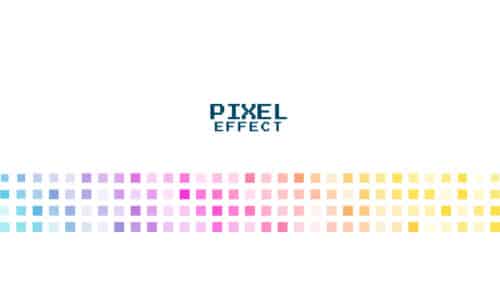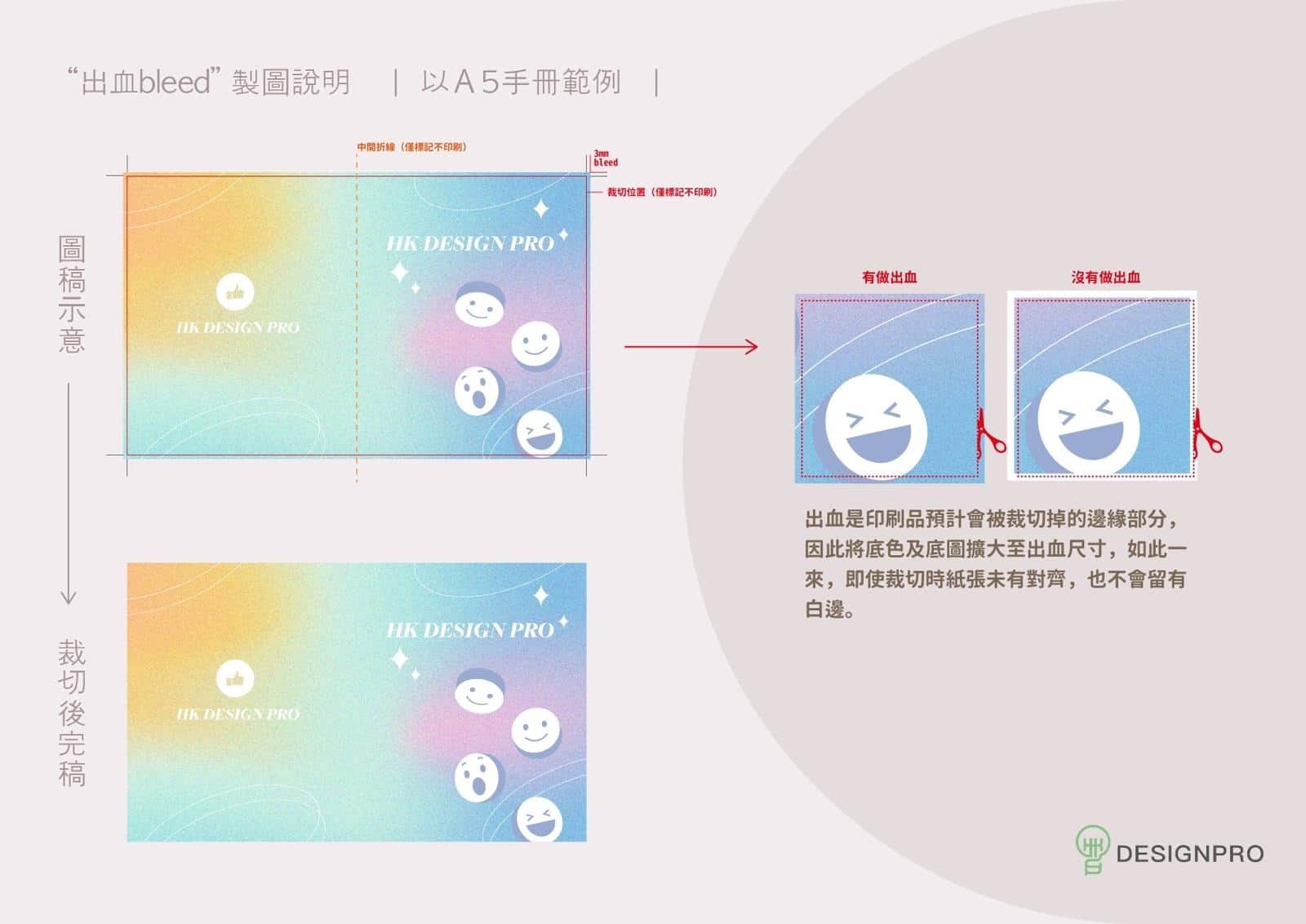What resolution should the printed image have? In the era of rapid development of modern science and technology, printing technology has also made great progress, but the pursuit of printing quality has always been an unchanging theme. When producing prints, resolution becomes a crucial factor. Resolution refers to the density of pixels in the picture, while PPI (Pixels Per Inch) and DPI (Dots Per Inch) are two words closely related to resolution. This article will delve into the definitions and differences between PPI and DPI, as well as the indicators that should be paid attention to during the printing process.
What resolution should the printed image have? 1. What is PPI?
PPI is the number of pixels per inch in an image, a measure of screen display or print resolution. In other words, PPI reflects the amount of detail in the image. When we talk about PPI, we usually refer to the resolution of a digital image. A high PPI means the picture has more pixels and therefore more detail. In the printing field, PPI is mainly used in electronic display devices, such as computer screens, tablets and mobile phones.

2. What is DPI?
DPI is a term used in the printing field, indicating the number of small dots that can be printed per inch. DPI is a key indicator of print quality, especially when printing high-quality images. The number of ink dots an inkjet or laser printer uses when printing determines the detail and clarity of the image. Therefore, DPI directly affects the quality of printed matter.

3. The difference between PPI and DPI
Although PPI and DPI are both related to resolution, there are clear differences in their applications and definitions. The main differences are:
Application scenarios:
PPI is mainly used in digital images, especially in electronic display devices such as screens.
DPI is mainly used in the printing field to describePrint quality.
Calculation:
PPI refers to the number of pixels per inch in an image and can be calculated from the width and height of the image and the size of the display device.
DPI refers to the number of small dots that can be printed per inch, which depends on the technology and capabilities of the printer.
Influencing factors:
Changes in PPI mainly affect the clarity and details of images on digital display devices.
Changes in DPI directly affect the quality of prints, including the performance of details and colors.
Although there are differences between the two, in practical applications, there is a certain correlation between them. Images with a high PPI generally provide higher quality prints because each pixel is converted into more tiny dots during the printing process.
4. Which indicator should we pay attention to when printing?
Just pay attention to PPI when printing
When printing, we only need to pay attention and ensure sufficient PPI. The reason is that DPI is what the printing company needs to consider, not the designer or client. DPI represents the number of small dots that can be printed per inch, which isprinting pressperformance parameters. So when you're ready to send your files for printing, just make sure your images have enough PPI, and the rest of the DPI stuff can be left to a professional printing company.
Why just pay attention to PPI?
Simplify the production process: Designers only need to focus on the PPI of the image without having to have a deep understanding of the DPI requirements of the printer. This simplifies the production process and saves time and effort.
Ensure image quality: Sufficient PPI means that the image has sufficient detail and resolution, which helps ensure the quality of the final print. High-quality image source files are the key to clear, detailed printing.
Professional printing companies handle: Printing companies have a variety of printing presses, each with its own specific DPI capabilities. Professional printing companies will process images according to the technical standards of the printing press to ensure the best printing quality.
PPI and DPI are two indispensable elements in the printing process. By understanding the difference between the two and their impact onImpact on printing quality, you can better prepare and optimize images to ensure your prints reach professional standards. Success in print quality requires a clear understanding of these concepts and appropriate attention during the production process.











